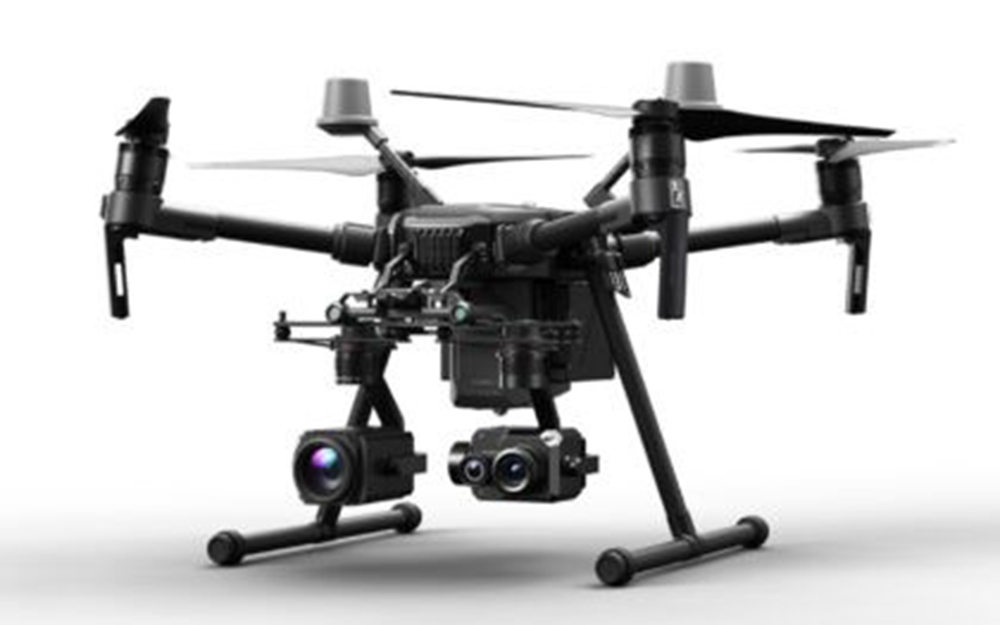
Robotic Inspection Solution
Robotic Inspection Solution
IRS is revolutionizing standard NDT capabilities with the use of inspection robotics and unmanned aerial systems (UAS). These technologies provide a more efficient, cost-effective, and safer inspection process while delivering powerful insights to help mitigate risk. Our full suite of technology-enabled solutions can be swiftly adapted to any unique environment. From scheduled maintenance inspections and asset mapping to flaw identification and emergency inspections, our robotics services offer comprehensive assessments of your most complex assets.
Remote Visual Inspection (RVI)
Remote Visual Inspection (RVI) is a non-destructive testing technique utilizing remote-operated camera systems such as video probes, tube cameras, robotic crawlers, and drones. This approach facilitates safe, efficient, and cost-effective inspections of hazardous, inhospitable, and inaccessible plant systems and components. RVI is commonly applied to tanks, vessels, and piping systems, eliminating the need for confined space entry. It is particularly valuable in hazardous facilities for reducing exposure to harmful gases, chemicals, and contamination. Additionally, RVI allows asset inspection through small access points, minimizing the time and effort required for extensive disassembly.
Internal UAS (Drone) Inspection
Unmanned Arieal Systems (UAS) Drones engineered for GPS denied environments are an ideal solution for reducing confined space entries (CSE). This data collection technique facilitates remote viewing and mapping of vessel internals, without the need for personnel entry, hole watches, scaffolding erection, and emergency egress contingency planning. The high-resolution camera and coupled with up to 16000 lumens of light provides exceptional inspection coverage and enhanced probability of detection (POD).
External UAS Drone Inspection
Working at heights is not only prohibitively expensive it also represents significant risk to personnel and equipment. IRS Provides the external inspection using Unmanned Aerial System drones. UAS Drones can be used for the routine examinations at height, providing a safer faster, and more convenient alternative. UAS Drones enabled visual or thermographic examinations of critical infrastructure such as flare tips, tank roofs, and pipe racks can be completed online and at safe distances. Proper deployment of the technology mitigates the use of scaffolding, cranes, aerial lift baskets, and rope access efforts.






